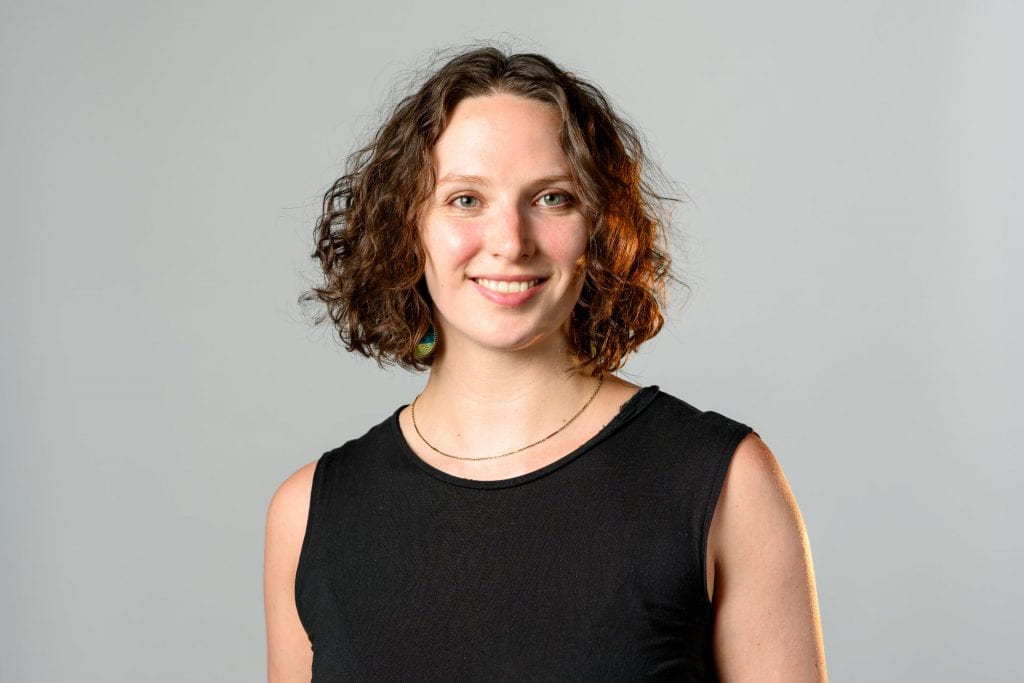
Return to Vietnam: Mapping American and Australian Veterans’ Journeys
Between 1981 and 2016, thousands of American and Australian veterans returned to Vietnam on journeys of reconciliation, healing and remembrance. Their stories became the focus of Mia Martin Hobbs’s PhD dissertation, a transnational, comparative oral history project tracing their return journeys. In this article, Mia discusses her research, investigating why these veterans returned and what they encountered on their journeys.
Throughout my PhD, I had an idea in my head of a digital world map, showing veterans’ travels back and forth from Vietnam, first during the war and then afterwards. I wanted the map to be interactive, with embedded audio-clips of veterans describing significant points in their journeys, and to be able to follow individual journeys one-by-one or to watch the collective pathways of veterans over time.
Talking to other oral historians, it became clear that digital maps were a common idea for visualising the trajectory of our interviewees’ lives – we just hadn’t figured out how to create them. But, late in my candidature, I came across a few different maps, including the Colonial Frontier Massacres Map and those visualised on the Metrocosm site, which indicated that it could be done.

Metrocosm map of global immigration flows from 2010 to 2015
In 2019, I began a residency in the Arts Faculty’s Digital Studio and a collaboration with the Melbourne Data Analytics Platform (MDAP), with the idea of bringing my ‘Return to Vietnam’ map to life. I worked with Daniel Russo-Batterham and Emily Fitzgerald at MDAP. Daniel and Emily are the backbone of the project – they showed me how to get my data into shape and developed the code and actual map itself.
The first thing to do was clean my data into something that could be mapped. This was the most time-consuming part of the project at my end. There is, unfortunately, no simple way of taking complex qualitative data and extracting geodata – dates linked to locations. Instead, it’s basically poring over interviews, along with any other relevant material, articles, blogs and so forth, to figure out where and when veterans moved around. I was looking not only for their combat tours and return dates, but where they were stationed on different rotations during the war, whether they moved after the war, what itineraries they followed upon their return.
Using a spreadsheet that I created of cleaned data points, Emily developed a code to geolocate the places I’d identified with coordinates. Emily used a Juypter notebook, Python, and a Python client called GeoPy to do this, as shown on the map below.

Emily and Daniel then started building the map itself, firstly testing it in a Jupyter notebook using Pydeck, a Python wrapper for Deck.gl, itself a framework for visualising data on maps, and a Mapbox base map. They then used the JavaScript based Deck.gl directly, as well as using the web framework Django to create a web app to place it in. Meanwhile, I clipped audiofiles from interviews to embed into veterans’ journeys and created a personal website which will eventually host the final map.

The map is still in the final stages of development but already the benefits of the mapping project are clear. The process of extracting geodata from veterans’ interviews, although time-consuming, helped me establish a deeper understanding of their journeys. By locating their stories in place and providing geographic context, I found things in interviews that I hadn’t seen before.

The map also demonstrated an important pattern I’d identified in my dissertation: American veterans were posted all over southern Vietnamese provinces during the war and, when they went back to Vietnam, they tended to return not only to that province but to other major sites and cities. Australian veterans, on the other hand, were almost all stationed in one province in Vietnam during the war and their returns were concentrated around this province – many never went to Hanoi or Danang, for example. These national differences in the geographies of return highlighted the disjointed nature of the American war experience and the comparatively cohesive nature of the Australian war experience, which helped to explain key differences in how Australian and American veterans’ memories of war and imaginaries of Vietnam.
Finally, digital mapping is a new way of sharing oral history interviews, in a way that is more accessible than books, journals, or archives. Maps like these offer a novel approach to sharing stories about our past.

Mia’s book, Return to Vietnam: An Oral History of American and Australian Veterans’ Journeys, is out now with Cambridge University Press.
Scholars interested in collaborating with MDAP to create their own map can email them for further information.